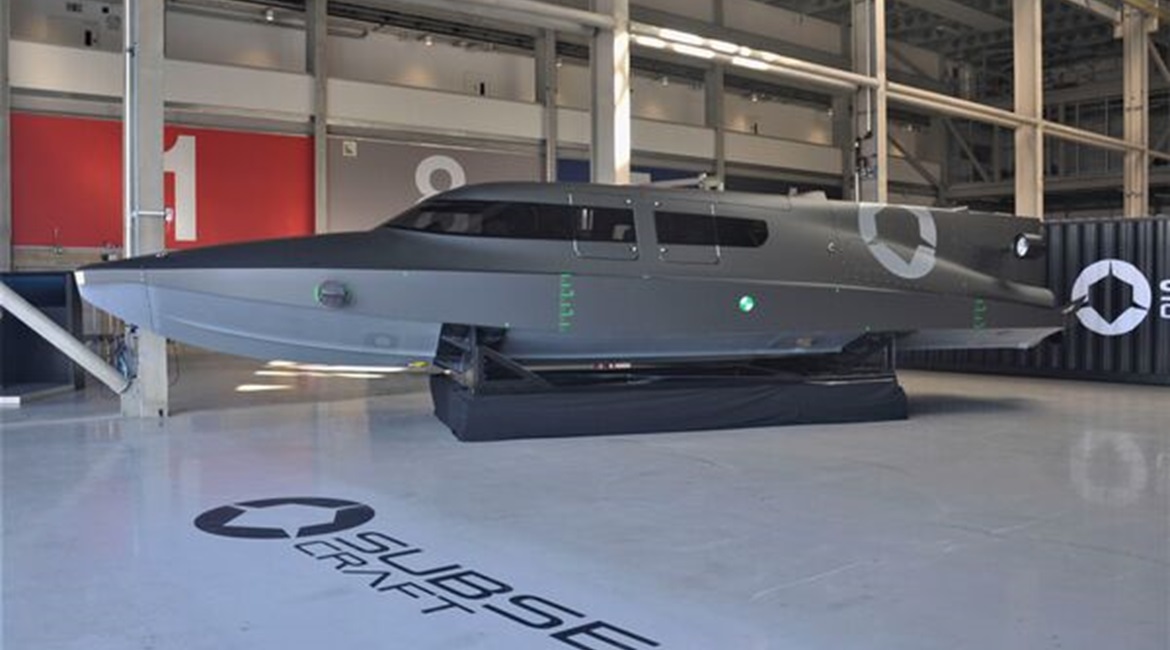
The first prototype of SubSea Craft's innovative Victa-class diver delivery unit (DDU) will enter the water for the first time on 9 September.
Initial testing of the vessel is being conducted adjacent to the company's headquarters in Portsmouth, Hampshire, and focused on checking the vessel's equilibrium: a key first stage given that, unlike other diver insertion boats, the Victa concept combines a fast surface craft and a submersible within the same platform. The vessel can therefore approach its target at speed from offshore before submerging – an automated process in which the cabin is flooded – to effect the stealthy insertion of up to six divers seated behind a crew of two.
As the trials campaign moves forward the vessel will be tested in the waters around Gosport, Hampshire, and will then be moved to SubSea Craft's Trials, Testing, and Training (T3) facility at Portland in Dorset.
A SubSea Craft spokesman told Janes that dry trials for system integration are scheduled from 1 October until 14 January, static surface water trials from 21 January to 4 February, and dynamic surface trials from 10 February to 16 February. The first static subsea trials are scheduled from 18 February until 4 March and then dynamic subsea trials from 11 March until 25 March.

The first prototype of SubSea Craft's innovative Victa-class diver delivery unit, photographed two days before it was scheduled to enter the water for the first time on 9 September. (Janes/P Felstead)
The Victa prototype, which uses a monohull designed by UK naval architects BAR Technologies, is known as ‘002', as it follows an initial catamaran testbed, ‘001', that was used to prove out the automated balance and trim technology employed by SubSea Craft. Work on the current vessel began in 2018.
Looking to read the full article?
Gain unlimited access to Janes news and more...




